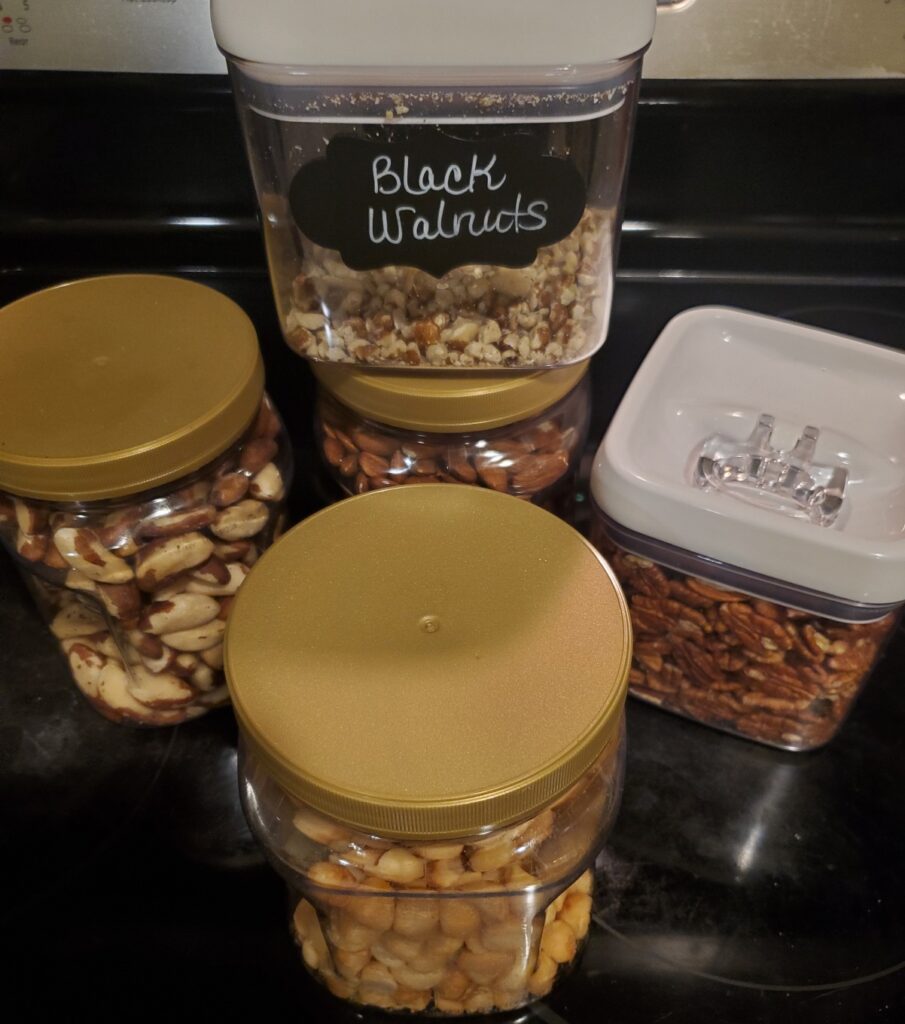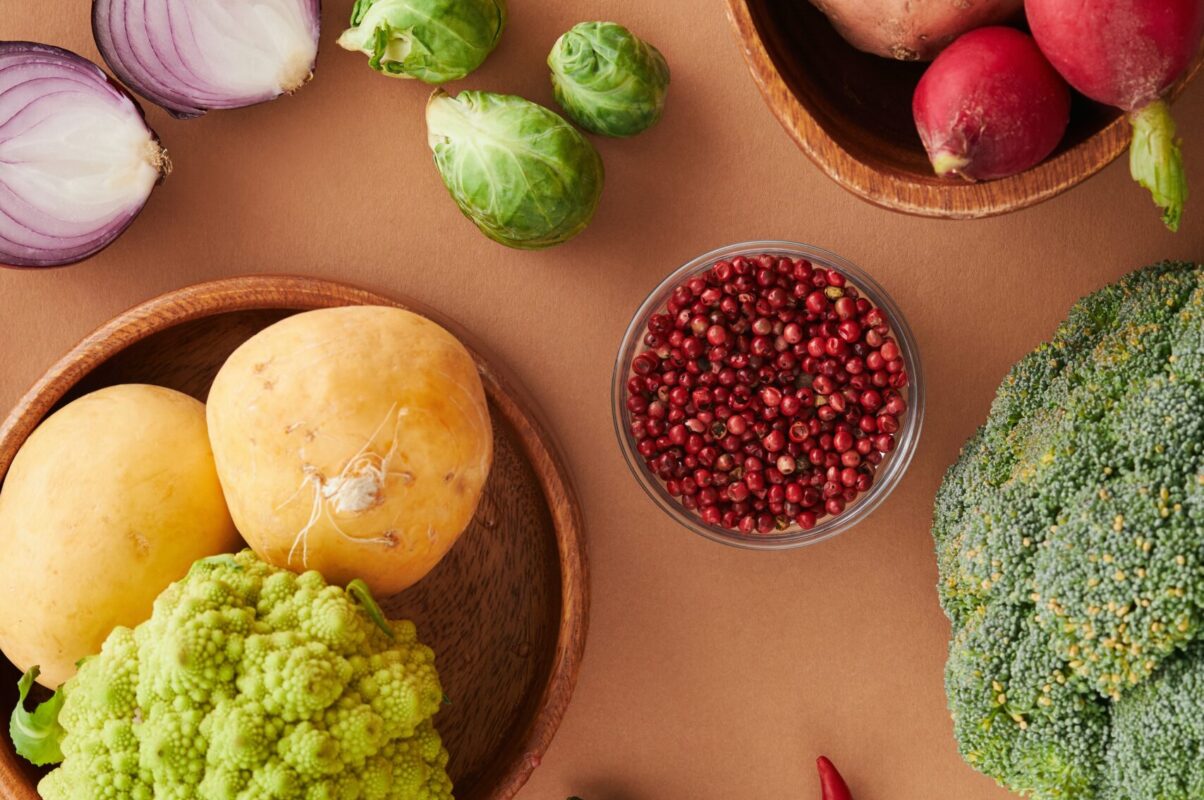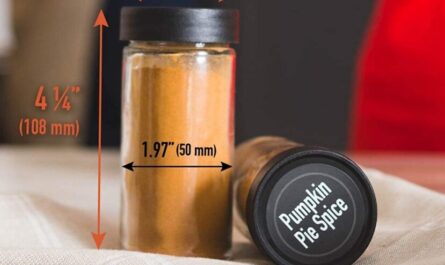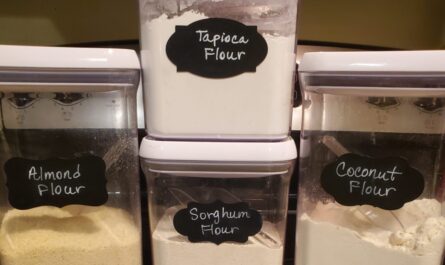You’ll definitely want to include the below keto-friendly foods list when creating scrumptious and healthy meals for yourself and your family. Keep in mind that the below lists are not all-inclusive, so, you’ll need to do further research to discover more options.
What Can You Eat on a Keto Diet?
Lots of fat, some protein and just about zero carbs throughout your day. Most Keto-approved foods include meat, seafood, dairy, eggs, berries, nuts, fats and oils and many vegetables that grow above ground.
- A wide variety of meats: Chicken, pork, steak, ground beef, lamb, bacon, turkey, ham, and sausage (in limited amounts). Of course, grass-fed meats are always healthiest.
- Fatty seafood: Salmon, snapper, tuna, halibut, cod, trout, catfish.
- Shellfish: Shrimp, crab, clams, oysters, lobster, mussels, scallops.
- Most fats and oils: Eggs, butter, coconut oil, olive oil, ghee, lard, avocado oil, mayonnaise.
- High-fat dairy: Heavy cream, half and half, soft and hard cheeses, cream cheese, and sour cream.
- A selection of vegetables: Cauliflower, cabbage, broccoli, zucchini, green beans, peppers, eggplants, tomatoes, asparagus, cucumber, onion, mushroom, spinach, lettuce, and olives.
- Most nuts: Almonds, brazil nuts, peanuts, macadamia nuts, pecans, hazelnuts, walnuts, as well as their respective butters (look for natural varieties that aren’t sweetened).
- A selection of berries and citrus fruits: Strawberries, blueberries, blackberries, raspberries, oranges, lemons, limes all in moderation.
- Your favorite beverages: Unsweetened coffee, hot chocolate (homemade from unsweetened cocoa) and black tea. Juices are shunned because of they are processed and sometimes contain added sugar. It’s always best to eat the natural whole fruit.
- All spices and some alternative sweeteners: Enjoy stevia and sucralose every once in a while.
Keto-Friendly Foods – Vegetables
What vegetables can I eat on a keto-genic diet?
- Arugula
- Asparagus
- Bell Peppers
- Bok Choy
- Broccoli
- Brussel Sprouts
- Cabbage
- Cauliflower
- Celery
- Chayote Squash (makes a great keto apple pie)
- Cucumbers
- Green Beans
- Leafy Greens (Kale, Lettuce, Collards)
- Radishes
- Sauerkraut
- Swish Chard
- Tomatoes
- Watercress
- Yellow Squash
- Zucchini
What vegetables don’t fit into a keto diet?
The following veggies and legumes are high in carbs, which means that eating them could push you over your carb allotment for the day and take you out of ketosis, making the keto diet ineffective. That being said, enjoying a small portion of any of these foods occasionally is totally ok (think: topping a dish with a few chopped onions for flavor).
- Peas
- Beans and lentils
- Corn
- Carrots
- Potatoes
- Sweet potatoes
- Parsnip
- Onion
- Beetroot
- Rutabaga
- Celeriac
Keto-Friendly Foods – Fruits
What fruits can I eat on a keto-genic diet?
Here is a list of the top 10 fruits you can eat on a ketogenic diet, along with the net carbs contained in one serving:
- Raspberries: Half a cup (60 grams) contains 3 grams of carbs.
- Blackberries: Half a cup (70 grams) contains 4 grams of carbs.
- Strawberries: Eight medium-sized (100 grams) contain 6 grams of carbs.
- Plum: One medium-sized (65 grams) contains 7 grams of carbs.
- Kiwi: One medium-sized (70 grams), contains 8 grams of carbs.
- Cherries: Half a cup (75 grams) contains 8 grams of carbs.
- Blueberries: Half a cup (75 grams) contains 9 grams of carbs.
- Clementine: One medium-sized (75 grams) contains 9 grams of carbs.
- Cantaloupe: One cup (160 grams) contains 11 grams of carbs.
- Peach: One medium-sized (150 grams) contains 13 grams of carbs.
Keto-Friendly Foods – Nuts
Nuts are nutritional powerhouses.
They’re rich in protein, fiber, antioxidants, and beneficial plant compounds. What’s more, they’re a great source of several vitamins and minerals, such as copper, magnesium, potassium, folate, niacin, and vitamins B6 and E (8Trusted Source).
Several studies show that nuts have beneficial effects on heart disease, high blood pressure, inflammation, diabetes, metabolic syndrome, belly fat levels, and even some forms of cancer (9Trusted Source, 10Trusted Source, 11Trusted Source, 12Trusted Source).
One study found that people who consumed at least 3 servings of nuts per week had a 39% lower risk of premature death (13Trusted Source).
Similarly, two recent reviews including over 350,000 people noted that those who ate nuts had a 4–27% lower risk of dying during the study period — with the greatest reductions seen in those who ate 1 serving of nuts per day (14Trusted Source, 15Trusted Source).
What nuts can I eat on a keto-genic diet? The below list will help you select nuts with the lowest carbs, to help you succeed on keto.
Pecans, Brazil nuts, and macadamia nuts, all have the lowest amount of carbs per serving and can be enjoyed freely on a keto diet. Eat these low-carb nuts as a snack (if you need one) between meals, toast them and toss into salads and other dishes, or grind them into nut butters to spread on celery, or on other veggies.
Here’s our list of the top seven keto nuts, ranked by the amount of carbs:
- Pecan nuts – 100 grams (3.5 ounces) contain 4 grams of net carbs.
- Brazil nuts – 100 grams contain 4 grams of net carbs. These nuts are a great source of selenium.
- Macadamia nuts – 100 grams contain 5 grams of net carbs.
- Black Walnuts – 100 grams contain 3 net carbs.
- English Walnuts – 100 grams contain 7 grams of net carbs.
- Hazel nuts – 100 grams contain 7 grams of net carbs.
- Peanuts – 100 grams contain 8 grams of net carbs.
- Almonds – 100 grams contain 9 grams of net carbs. They can also be ground into almond flour. Their neutral flavor makes them a good substitute for high-carb flours, and almond flour can be used in many recipes.

If you want to know exactly how many grams of carbs you’re eating, here are some more precise numbers or practical measurements of individual nuts in a 100-gram serving:
- 65 pecan halves
- 20 Brazil nuts
- 40 macadamias
- 70 hazelnuts
- 25 walnuts or 50 walnut halves
- 2/3 cup of peanuts
- 80 almonds
- 3/4 cup of pine nuts
The below nuts, although delicious, are NOT the best keto-friendly food options and should be avoided on keto. You’ll very quickly reach the daily keto limit of 20-30 grams of net carbs. Less than three handfuls — about 60 cashews — is enough to reach this limit.
- Cashews
- Pistachios
Additionally, avoid nuts that have been treated with sugar and other glazes, such as those labeled “honey roasted,” “sweet chili,” “salted caramel,” and “spiced.”
Whichever type of nuts you choose, read labels to make sure no sugar has been added.
Why not to go overboard when eating nuts
While Brazil, macadamia, and pecan nuts are good keto options, if you are trying to lose weight, overeating any type of nut may be problematic.
Keep in mind that all nuts have a high fat content and therefore contain lots of calories. Eating them is fine if you’re hungry and need energy. But if you’re just snacking on them between meals because the nuts taste good or you feel bored, then you’re adding calories that you don’t need.
The results will be that your body will burn the fat from the nuts, instead of your stored body fat — which is a problem if you want to lose weight. In this case, minimizing between-meal snacking may be the best option.
Keto-Friendly Foods – Sweeteners
Below are our top six recommendations for keto-friendly sweeteners which we use consistently within the majority of our keto recipes:
- Erytritol
- Monk Fruit
- Stevia Liquid
- Allulose
- Allulose & Monkfruit Blend (works great when making homemade ice cream)
- Xylitol (however, toxic to pets)
Sweeteners to Avoid on Keto:
When on keto, it is highly recommended that you avoid regular cane sugar (white and brown granulated, and powdered), honey, maple syrup (although pure maple syrup is used in many low carb recipes), and other high fructose, glucose sweeteners like corn syrup. Artificial “zero-calorie” sweeteners should also be avoided (Equal, Splenda, Sweet’n Low, etc).
Packets of Equal, Sweet’n Low and Splenda are labeled “zero calories,” but this isn’t the case.
FDA rules allow products with less than 1 gram of carbs and 4 calories per serving to be labeled “zero calories.” So manufacturers cleverly add about 0.9 grams of glucose/dextrose, as a bulking agent, to a small dose of artificial (synthetic) sweetener.
The packets actually reportedly contain almost 4 calories each, and almost a gram of carbs. While 0.9 grams of carbs may not seem like much, on a very-low-carb or ketogenic diet it can matter — especially if you use several packets a day. Ten packets equals 9 grams of carbs..



